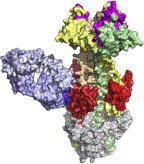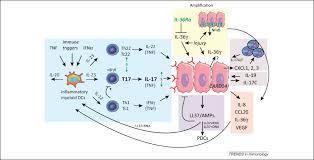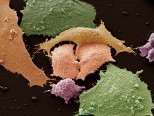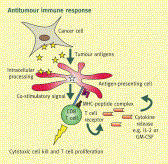This review of the July 2013 to December 2014 publications on cytokines and monoclonal antibodies covers bone morphogenic proteins, colony-stimulating factors, interferons, interleukins, tumor necrosis factor alfa, adalimumab, certolizumab, etanercept, golimumab, infliximab, abciximab, alemtuzumab, bevacizumab, cetuximab, daclizumab, natalizumab, ranibizumab, rituximab, tocilizumab and trastuzumab.
KeywordsAdverse reactions; Cytokines; Monoclonal antibodies; Bone morphogenic proteins;Colony-stimulating factors; Interferons; Interleukins; Tumor necrosis factor alfa;Adalimumab; Certolizumab; Etanercept; Golimumab; Infliximab; Abciximab;Alemtuzumab; Bevacizumab; Cetuximab; Daclizumab; Natalizumab; Ranibizumab;Rituximab; Tocilizumab; Trastuzumab
Via Krishan Maggon



 Your new post is loading...
Your new post is loading...















Available online 1 October 2015
In Press, Corrected Proof — Note to users